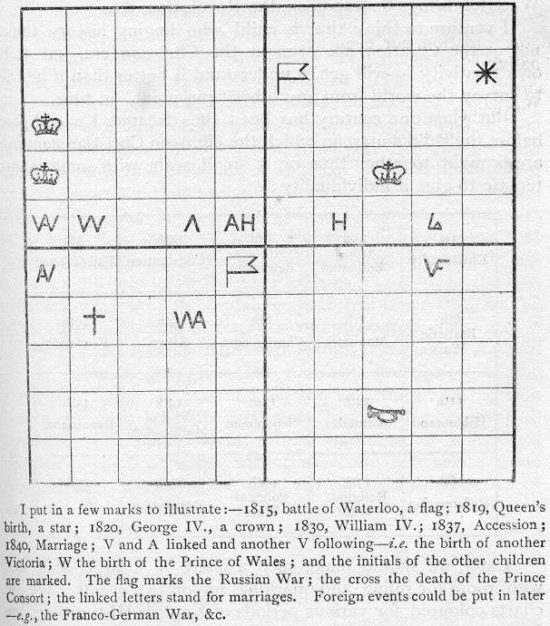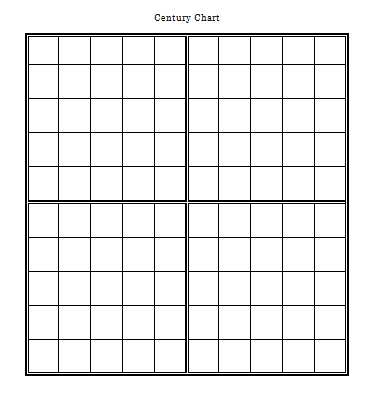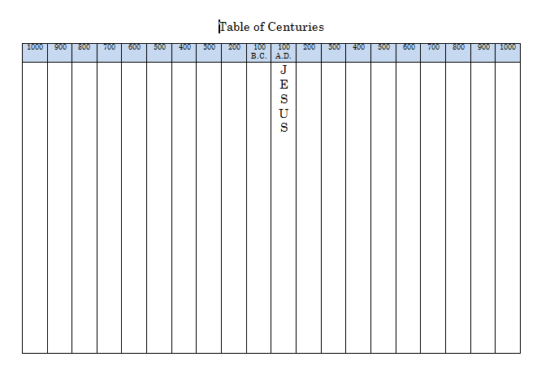Our children encounter so very many people, places, and events when they are studying history. How are they to remember it all? Timelines are a great tool for addressing this challenge, and homeschoolers appreciate them. Charlotte Mason liked to use timelines to help children keep a chronological record of what they were reading and learning about in history, literature, poetry, art, music, and science.
Timelines aren’t limited to a giant horizontal line drawn with tick marks on butcher paper and hung up on your hallway wall, though these are great. There are many methods of keeping a timeline. You won’t get very far in your reading about Mason before you discover the Book of Centuries – a binder or bound book which holds in chronological order the child’s drawings and notes inspired by her reading. The Book of Centuries can be a great treasure that the child keeps and adds to for many years. Here is a great article about Mason’s approach to the Book of Centuries.
As is noted in the article, however, Mason did not begin using the Book of Centuries with children until they were about 10 or 11 – that’s about 5th or 6th grade. What can we do with the younger children? Previously I have suggested that you might keep a family Book of Centuries with younger children, but over the years I’ve discovered other great ways that Charlotte Mason introduced the younger crowd to the idea of the timeline.
Century Chart
Around the age of 8, children may enjoy keeping a century chart. Mason describes these charts in A Philosophy of Education (see page 177). The chart is a simple 10 x 10 grid of squares: you’ll have 100 squares for 100 years. So this chart focuses on one century only, and each square represents one year. It might represent the years 1800 to 1899, or 700 to 799, for example. Your child draws a very simple, symbolic picture in a square to represent an event that happened in a given year. There are no words on the chart – just drawings, so it’s highly visual. The parent-teacher can keep a key so they know what the various symbols or drawings represent.
These charts can be used to create a snapshot of one historical figure’s life, the events in a century in one country, or scientific discoveries during a particular century. There are many possibilities. The events are easier to remember because they are consolidated into such a compact, uncomplicated format.
Here is an image of an actual century chart by Miss Beale, the woman who inspired Charlotte Mason to use these charts in her own school:

I’m going to try the century chart with Lydia and Dominic this year. Here’s an image of the blank chart I created for our homeschool:
 I have a few thoughts about how we could make these work even better for us.
I have a few thoughts about how we could make these work even better for us.
- Numbered squares: If it’s too hard for the child to figure out what year each of the squares represents, have her write (or write for her) the numbers 0-99 in very small print in the lower right hand corner of each square so it’s easier to comprehend.
- 10-Century Chart: I also wonder whether one might allow each square to represent 10 years instead of 1 year, so that the chart represents a period of 1000 years. This would allow the child to have a snapshot of a an entire period of history. This might be better for a slightly older child.
- Family wall chart: You might have a huge version of a century chart on a wall in your home. Your children and you can add to it together, with the children deciding together which events to include on the chart and the best symbol to represent it.
Table of Centuries
Another great idea is the table of centuries. I first discovered this time tool in Laurie Bestvater’s The Living Page: Keeping Notebooks with Charlotte Mason. Like the table of centuries, this is a very simple, visual snapshot of history, but it is captures a longer period of time. It focuses on the 1000 year period before Christ and the 1000 year period after Christ. The table is simply twenty columns representing these twenty centuries.
Here’s how Miss Mason explains the table:
In order to give definiteness to what may soon become a pretty wide knowledge of history, mount a sheet of cartridge paper and divide it into twenty columns, letting the first century of the Christian era come in the middle, and let each remaining column represent a century B.C. or A.D., as the case may be. Then let the child himself write, or print, as he is able, the names of the people he comes upon in due order, in their proper century. We need not trouble ourselves at present with more exact dates, but simple table of the centuries will suggest a graphic panorama to the child’s mind, and he will see events in their time-order. Home Education, 292.
The child isn’t worried about the entire scope of history; just the 10 centuries before and 10 centuries after Christ. The child does not need to worry about the exact dates of events; he simply records the names of people he comes across in the correct century column. I think this is a great beginning time table – not overwhelming or too fussy for younger kids. The chart should be mounted someplace so that it can be easily referenced during reading and discussions. I especially like that the Incarnation is the central event on the chart.
Here’s a chart that I created which is inspired by Bestvater’s example in her book:
I provide a copy of this chart below, but you may be looking for something larger for your wall. I have just the thing. I bought a set of these blank timelines from Rainbow Resource, and they happen to be exactly 20 columns wide. They measure 22″x8″ and cost only $6 for a set of 10.
The century chart and the table of centuries would be great for anybody who feels overwhelmed by the book of centuries. Here are FREE copies of my century chart and table of centuries:
